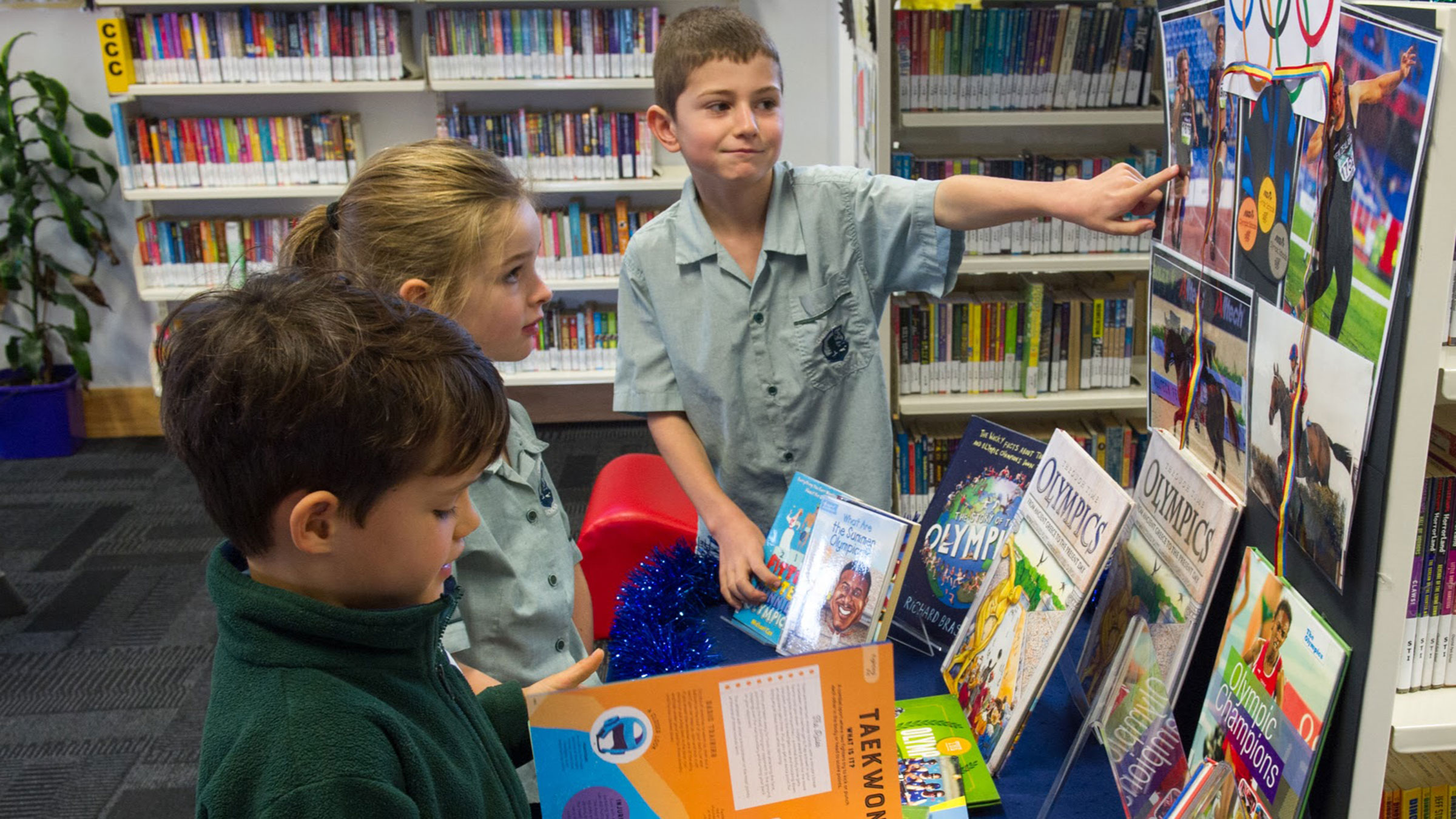Critical thinking and critical action

In programmes based on health and physical education in The New Zealand Curriculum, ākonga learn to think critically and to take critical action about issues affecting them.
Many of the issues addressed in health and physical education require sensitive handling since they relate to personal beliefs, issues, and attitudes, which can vary widely among individuals and cultures.
A supportive learning environment (effective pedagogy p. 34 NZC), with clearly co-constructed boundaries, allows ākonga to participate fully and safely in activities that involve critical thinking and critical action.
The value of critical thinking
Critical thinking includes examining, questioning, evaluating, and challenging taken-for-granted assumptions about issues and practices.
Critical action is action based on critical thinking.
By adopting this definition of critical thinking and applying it to their learning in education contexts, ākonga can:
- become broad and adventurous thinkers
- generate innovative solutions
- use their reasoning skills to analyse and evaluate
- plan and think strategically.
Critical thinking enables ākonga to:
- think about and evaluate their own thinking and behaviour on issues related to health education and physical education
- make reasonable and defensible decisions about issues related to individual and community wellbeing
- individually and collectively challenge, and take action to address, social, cultural, economic, and political inequalities
- understand the role and significance of the movement culture and its influence on our daily lives and the lives of people in our community.
In order to help their students to develop critical-thinking skills and to take critical action, kaiako need to:
- have a sound knowledge base from which to support students as they delve more deeply into content
- remain open to challenge by students, not representing themselves as the sole source of knowledge
- encourage students to look at the big picture by engaging them in critical-thinking processes that have relevance beyond the classroom
- be prepared to listen to voices that originate in the classroom and to use the personal experiences of ākonga as starting points for gathering information
- encourage ākonga to question and challenge existing beliefs, structures, and practices
- avoid offering 'how to do it' approaches
- encourage ākonga to be sensitive to the feelings of others
- provide opportunities for inquiry by giving ākonga time for planning, processing, and debriefing
- structure lessons so that students can work safely and co-operatively and develop creative forms of shared responsibility
- encourage students to take critical action. When students learn to use democratic processes inside the classroom, they can transfer these to situations outside the classroom.
(The list above is based on Smyth, 2000, p. 507.)
For ākonga, learning to think critically and to take critical action will include:
- learning to take responsibility for analysing and evaluating information
- giving each other feedback about their analyses, evaluations, and actions
- questioning and challenging each other's assumptions in a non-threatening manner
- learning to identify any inequalities and power relationships within contexts in health education and physical education, focusing on how these positions are sometimes reinforced through organisational structures and through certain forms of language
- reflecting on people's assumptions, beliefs, and behaviours, taking into account a range of factors
- generating alternative solutions and accepting them or critiquing them in a sensitive manner
- developing the confidence to work with others in taking critical action.
(The list above is based on Smyth, 2000, page 507.)
Questions for critical thinking
Ākonga can use these questions to help them think critically.
- What do you know about this issue or situation?
- How did you come to know this?
- How do you feel about this issue or situation?
- What is the evidence for this knowledge?
- What are your beliefs about this knowledge? And why do you believe this?
- What information is missing from this picture?
- Why is this information missing?
- Have the social, cultural, economic, political, and/or ethical aspects of this situation been considered?
- Whose voice is heard in this writing, article, or classroom activity?
- Whose interests are being served? Who has the power in this situation?
- Who is being advantaged?
- Who is not being heard or served?
- Who is being disadvantaged?
- What are the inequalities that exist in this situation?
- What needs to change?
- How can you contribute to this change?
Source: Based on Brookfield, 1995, and Smyth, 1992, in The New Zealand Curriculum.
The critical thinking approach is used to critically appraise the nature, meaning, and importance of sport in our society. Ākonga can examine the values, cultures, attitudes, and beliefs that affect their enjoyment of, and participation in, sport and physical education.
As an example, consider some year 7 and 8 school sports teams going to a tournament. The ‘A Team’ has brand new uniforms, sponsored bags and new equipment to use. The ‘B Team’ have used equipment from the previous year. Here are some reflective questions for ākonga to be asked in relation to this situation:
- How would you describe this particular situation? What are the hidden messages?
- What are the issues missing from this situation?
- What are your beliefs about the ways the different teams have been treated?
- Why do you believe these things?
- Whose interests are being served in this situation - who is being advantaged?
- Whose interests are not being served in this situation - who is being disadvantaged?
- What needs to change to make this situation more inclusive? How can you contribute to this change?
Critical thinking in this scenario provides opportunities for kaiako and ākonga to:
- reflect on and critically examine different educational ideas and practices related to sport and games
- develop skills of critical thinking to better understand the social and cultural significance that sport has for individuals and for society
- reflect on why we play these sports
- reflect on the implications of what is taught and the way it is taught.